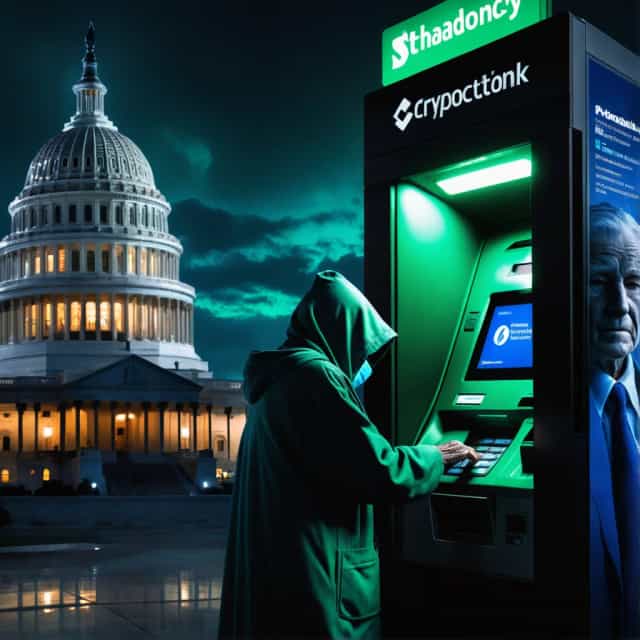
Image source: Block Media
Diverging Investment Trends: Bitcoin Declines, Gold Reaches Record Heights Amid Economic Turmoil
Over the past week, Bitcoin (BTC) and gold have exhibited markedly divergent trends, drawing the focus of institutional investors navigating a climate of escalating global uncertainty. While Bitcoin's value has dropped roughly 5%, gold has surged by an equivalent percentage, achieving a historic peak of $3,791 per ounce as of October 23, according to Decrypt.
Gold's Allure Strengthens Amid Macroeconomic Instability
The ascent of gold prices is being driven by heightened demand as global macroeconomic and geopolitical uncertainties deepen. Market analysts underscore the metal's role as a premier safe-haven asset, increasingly favored by institutional investors seeking shelter from currency risk and market volatility.
Farzam Ehsani, co-founder and CEO of VALR, attributes the rally to robust demand from sovereign entities, including central banks in major economies like China and Russia. He explains, “Gold is being accumulated as a geopolitical hedge against dollar dominance." The asset's enduring reputation as a store of wealth, coupled with its liquidity during crises, has cemented its appeal—especially in a world grappling with inflationary pressures and geopolitical tensions.
Bitcoin Struggles to Match Gold's Safe-Haven Status
Despite often being labeled "digital gold," Bitcoin continues to face skepticism in institutional circles, particularly during times of economic upheaval. The asset remains in the early phases of mass adoption, with its perceived volatility and lack of historical precedent limiting its appeal relative to gold.
Recent data reflects this disparity in institutional confidence. The BOLD Report indicates that 90-day inflows into gold exchange-traded funds (ETFs) reached a staggering $18.5 billion as of September. In contrast, Bitcoin ETFs managed to attract under $10 billion in the same period—underscoring the cautious approach many institutional players maintain toward integrating Bitcoin into their portfolios.
History Offers Hope: Bitcoin Could Follow Gold's Trajectory
Despite Bitcoin’s current lag, historical patterns suggest that it may eventually align with gold's bullish trajectory during periods of macroeconomic transition. Key shifts, such as reductions in interest rates, could serve as catalysts for Bitcoin’s rise. Ryan McMillin, Chief Investment Officer at Merkle Tree Capital, notes, “Typically, gold tends to rally first, with Bitcoin following 1–2 months later. If risk-on sentiment returns, Bitcoin, being a highly volatile asset with a market capitalization roughly one-tenth that of gold, could deliver more substantial gains."
The comparatively small size of the cryptocurrency market amplifies Bitcoin’s potential for outsized returns during periods of optimism. Analysts suggest that Bitcoin’s performance in the months ahead will depend heavily on broader monetary policy moves and shifts in risk tolerance among investors.
Safe-Haven or High-Risk: Investors Weigh Their Options
As global markets continue to navigate economic uncertainty, the divergent trends of Bitcoin and gold illustrate the ongoing tug-of-war between the time-tested reliability of traditional safe-haven assets and the speculative allure of emerging digital assets. While gold’s resilience and widespread institutional adoption are reaffirmed, Bitcoin’s journey toward cementing its role as "digital gold" remains a work in progress. How investor preferences evolve—whether adhering to safety or embracing calculated risk—will shape the trajectory of both assets in the near future.










